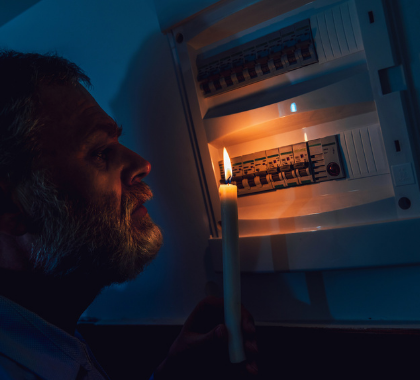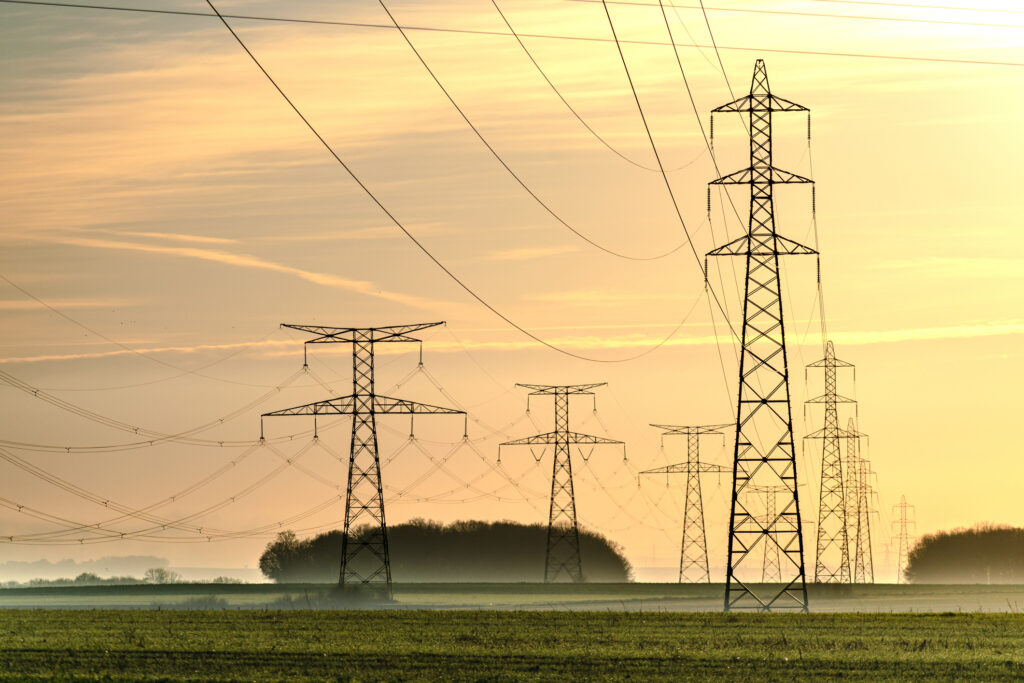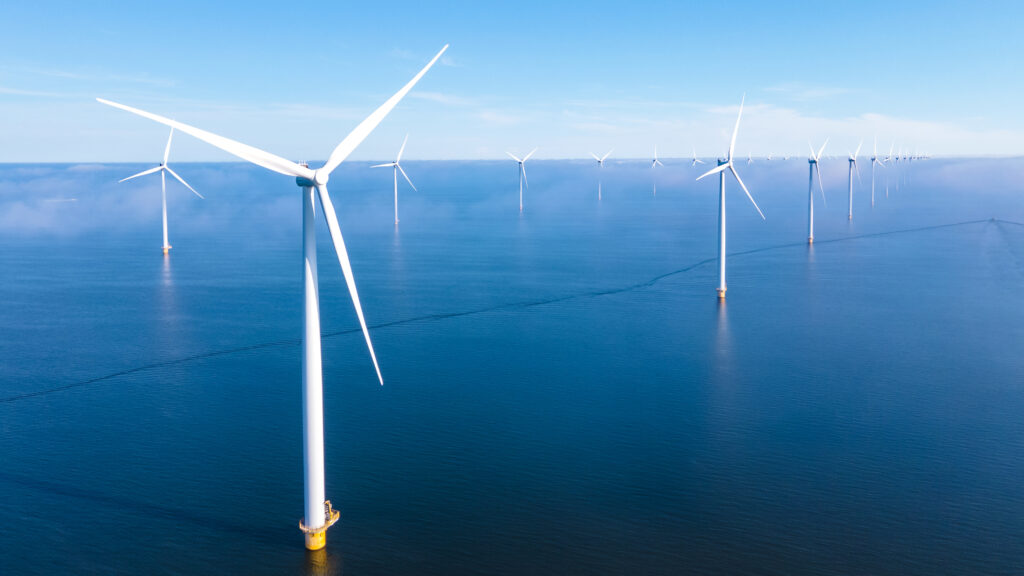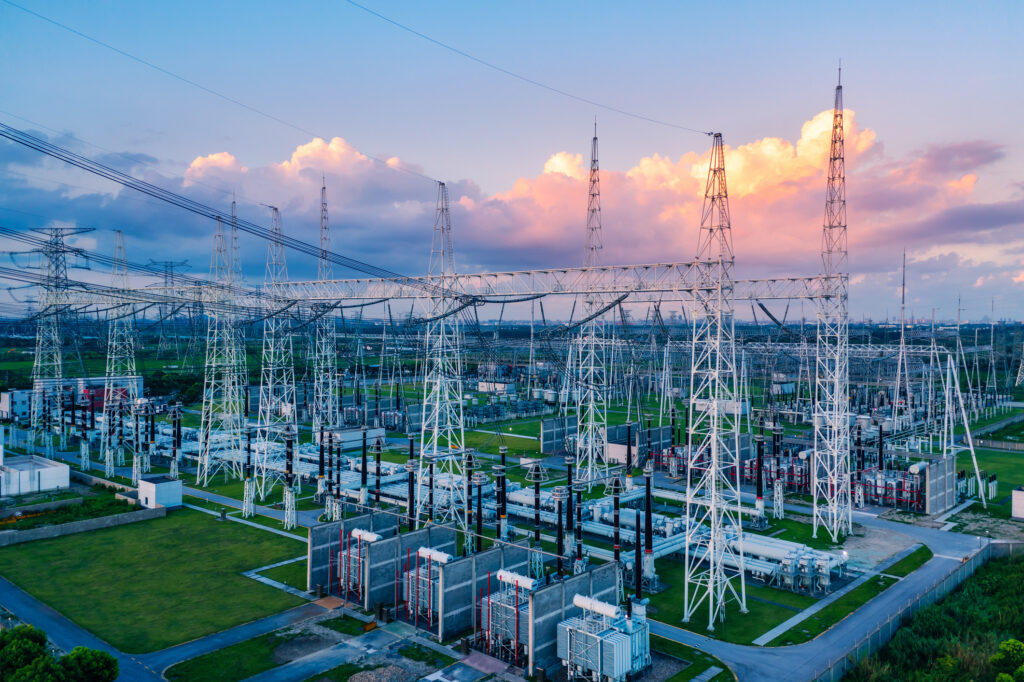The Heartland Institute has repeatedly explained why prematurely shuttering economically viable power plants and replacing them with wind and solar invariably leads to greater profits for utilities and higher prices for ratepayers and taxpayers. Heartland has also repeatedly detailed the environmental harm caused by the switch from coal and other reliable sources to industrial renewables.
The third disastrous consequence of the politically forced and fiscally encouraged switch from coal (and nuclear and gas) to industrial wind, solar, and batteries is the damage it is doing to the nation’s and various states’ electric power grids.
As I pointed out in Climate Change Weekly 389, experience from Europe, California, and, most amazingly to me, my home state of Texas, shows the increasing replacement of reliable coal and nuclear power with industrial renewable power is making the electric grid less reliable. These policies are pressed by virtue-signaling legislators and rent-seeking utilities.
A large-scale power grid consists of two segments: baseload power and peaking power. Baseload power is the minimum amount of energy needed for the grid to function properly while delivering power on demand to every user who needs it during a normal day. For the grid to function, it needs a fairly constant flow of power. Coal, nuclear, and, increasingly, natural gas have satisfied the nation’s baseload demand for the past century. They operate full-time, with onsite backup (usually in the form of diesel boilers) to provide power during routine maintenance or breakdowns.
Peaking power is the additional power needed when the system is faced with unusual amounts of demand, usually in July and August in the South and West when air-conditioner use soars along with summer temperatures, and from December through February during the cold winters in northern states. Natural gas has commonly served to provide peaking power because natural gas plants can be built to scale, fuel can usually be delivered as needed, and facilities can be cycled on and off quickly.
Neither wind nor solar can be relied on for either baseload or peaking power. Wind turbines generate power only when the wind blows between certain speeds, and the power they generate fluctuates constantly with wind gusts. Solar provides no power at night or when the cells are covered by snow, ice, or soot, and it provides less power on cloudy days and during storms. Except on completely cloudless days with clear skies, the power generated by solar panels fluctuates second-by-second with the passage of clouds.
A power system that depends on the weather cooperating is a poor choice, yet it is what dim-bulb politicians in multiple states have mandated. Utilities, when not openly encouraging the shift, are happy to comply because it makes them money: state public utility commissions routinely grant 10 percent or greater returns on capital costs for new construction.
It seems others are finally taking note of the havoc premature coal closures are imposing on the regional power grids. With 80 coal-fired power plants scheduled to close across 14 states in the next six years, multiple media outlets have reported in the past few weeks that grid operators in those states and others are warning policies forcing the replacement of power from reliable coal and nuclear with power from wind and solar facilities threatens grid reliability, producing increasing instances of brownouts, blackouts, and extended power failures.
In a Fox News story on the topic, John Bear—CEO of MISO, the Midcontinent Independent System Operator, which is responsible for managing the electric power grid across 15 U.S. states and the Canadian province of Manitoba—said he thought the transition was being forced on the power system too quickly.
“I am concerned about it,” Bear told The Wall Street Journal. “As we move forward, we need to know that when you put a solar panel or a wind turbine up, it’s not the same as a thermal resource.”
The chief executives of the Electric Reliability Council of Texas and the California Independent System Operator (CISO) shared Bear’s concern.
“We need to make sure that we have sufficient new resources in place and operational before we let some of these retirements go,” said CISO CEO Mark Rothleder. “Otherwise, we are putting ourselves potentially at risk of having insufficient capacity.”
That is already happening. In early May the California Energy Commission, Public Utilities Commission, and California Independent System Operator warned the public should prepare for blackouts this summer. Without substantial improvement to the state’s energy supply and demand imbalance, the state will “have a capacity shortfall of about 1,800 MW, by 2025,” those authorities stated.
Commenting on the tenuous state of America’s electric power grid, Daniel Turner, executive director of Power the Future, told Fox Business state regulators should halt all plans to close coal and nuclear plants prematurely and should consider bringing some previously closed power plants back online.
“Any plans to remove nuclear plants or coal power plants or natural gas plants that are slated to be closed, that has to be completely suspended,” said Turner. “Many coal plants and nuclear plants can come back online. They’ve maybe been turned off and decommissioned, but they haven’t been torn down.”
You are preaching to the choir Mr. Turner, preaching to the choir. Let’s hope the congregation gets a clue.
SOURCES: Fox Business; The Pipeline; Climate Change Weekly
IN THIS ISSUE …
ELECTRIC VEHICLE FIRES FLARING UP ALL OVER … NATURE, NOT CLIMATE CHANGE, BEHIND ICE SHELF COLLAPSES … BBC LIED ABOUT CLIMATE CHANGE, SAYS WATCHDOG
ELECTRIC VEHICLE FIRES FLARING UP ALL OVER
In early March, Climate Change Weekly‘s lead essay discussed the alarming tendency of electric vehicles (EVs) and their charging sources to catch fire without warning. In recent days, other media outlets have taken notice of this fiery proclivity of electric cars, motorbikes, and buses.
The Western Journal reports Paris, France’s public transit agency, Régie Autonome des Transports Parisiens, pulled all 149 of the electric buses in its fleet off the road after two of them spontaneously exploded in the same month while in service. The fires erupted in battery packs on the buses’ roofs. Fortunately, the drivers were able to get themselves and the passengers off the buses before the flames engulfed the passenger compartment and ultimately the entirety of the buses.
A few days later, Western Journal published a story detailing a growing number of cases of battery packs installed to charge homeowners’ EVs, packs located in the residences’ garages, spontaneously catching fire and causing thousands to hundreds of thousands of dollars in damage to the homes. In another location, a battery-powered scooter spontaneously combusted while charging, setting fire to an apartment complex, the Western Journal reports.
CNBC noted in a report on the growing phenomenon, “There is a particular danger when EVs catch on fire because their lithium-ion batteries are especially flammable,” Western Journal reports. “‘[E]lectric vehicles with lithium-ion batteries burn hotter, faster and require far more water to reach final extinguishment. … And the batteries can re-ignite hours or even days after the fire is initially controlled, leaving salvage yards, repair shops and others at risk,’ CNBC reported.”
In India, where scooters are a popular mode of transportation and delivery, the chief executive of Indian manufacturer Ola Electric issued an official warning that its scooters may spontaneously catch fire. This warning accompanied a recall of 1,400 of its scooters after the Indian government launched an investigation into their safety after battery packs erupted into flames.
When answering questions at an event, Ola chief executive Bhavish Aggarwal said the fires were “very rare and isolated.” However, Aggarwal later reportedly said, “Will there be occurrences in the future? There might be.”
India’s government is also investigating multiple spontaneous fires caused by scooters produced by Ola rivals Okinawa and PureEV.
This is not a good look or ringing endorsement for climate alarm elitists pushing electric vehicles as a replacement for transportation powered by internal combustion engines. When an electric vehicle catches fire in or after an accident, that’s understandable. Cars with internal combustion engines can catch fire in these cases as well. It’s another thing entirely, however, when a car spontaneously catches fire when stuck in rush-hour traffic or when parked on the street, in a garage, or at a public charging station.
SOURCES: Western Journal; Western Journal; Economic Times; Climate Change Weekly
NATURE, NOT CLIMATE CHANGE, BEHIND ICE SHELF COLLAPSES
New research translated for Eos, the science news magazine published by the American Geophysical Union, indicated recent large-scale ice shelf collapses in Antarctica were caused largely by a natural weather event that strikes the continent on a fairly regular basis: an atmospheric river.
Climate alarmists among the scientific community, political class, and corporate media have tied almost every large Antarctic ice shelf collapse to human-caused climate change, saying it is a harbinger of a warmer world with dramatically rising sea levels.
If this research is correct, cutting carbon emissions as an indirect way to control ocean and surface temperatures will have no impact on glacier calving in Antarctica.
The researchers found most of the ice shelves and glaciers that collapsed in recent years have been deteriorating for years, if not decades, even those in areas of Antarctica that have been adding ice and snow (such as East Antarctica),. They just needed that final push, which an atmospheric river event provided.
For example, an atmospheric river blasted across the continent just days before the Conger ice shelf collapsed in March 2022. The collapse made headlines because it was the size of Hong Kong. Although the shelf had been disintegrating for years, news outlets almost universally claimed the Conger’s collapse was the result of climate change, quoting scientists inclined to support that claim. However, as Jonathan Wille, a polar climatologist and meteorologist at the Université Grenoble Alpes—who was part of the team that discovered the link between ice shelf collapses and atmospheric river events—said, the Conger “was already on its way to collapse, and it looked like this [atmospheric river event] could have been the final kicker for that.”
In particular, the researchers found 13 of 21 calving events on the Antarctic Peninsula from 2000 through 2020 happened within five days after an atmospheric river event swept the continent or its peninsula. Eos describes it as follows:
Atmospheric rivers occur around the world, but they bring a perfect storm to Antarctica’s fragile peninsula. The storms hold vast amounts of moisture and heat and deliver extreme rain, snow, whipping winds, and unusually warm temperatures, causing melting and fracturing on the ice below. …
Atmospheric rivers make landfall on the Antarctic Peninsula about 1 to 5 times per austral summer, and of the 21 calving events identified, an atmospheric river preceded 13 of them within 5 days.
The study found the collapse of Larsen A in 1995 and the calving at Larsen C in July 2017 were both preceded by intense atmospheric river events. The study could not comprehensively examine the impact of atmospheric rivers across all of Antarctica because some regions are difficult to access and monitor due to cloud cover and other localized, persistent weather trends.
The researchers do not state whether climate change is causing atmospheric river events to become more intense or frequent. What the research clearly suggests, in any case, is scientists and climate modelers need a better understanding of, and need to account for the impact of, fast-changing events on ice shelves before linking every major calving event, whether anticipated or unexpected, to climate change.
SOURCE: Eos
BBC LIED ABOUT CLIMATE CHANGE, SAYS WATCHDOG
The BBC’s internal watchdog has concluded a BBC Panorama documentary about global warming made significant and false claims about climate change and its effects.
During the program Wild Weather, climate editor Justin Rowlatt claimed deaths worldwide were rising because of extreme weather caused by climate change. This is false, said BBC’s Editorial Complaints Unit (ECU). Data clearly shows deaths due to extreme weather events and non-optimum temperatures have declined markedly during the recent period of modest warming, the EDU stated. Climate Realism has repeatedly reported on this fact, including here, here, and here.
In addition to the lie about an increase in weather-related deaths, the ECU also found Wild Weather falsely claimed Madagascar was on the verge of the first famine caused by climate change, even though “other evidence available prior to broadcast suggested there were additional factors which made a significant contribution to the shortage of food.”
It is noteworthy Wild Weather was broadcast in November 2021, coinciding with the international COP26 climate conference. One could fairly surmise, I believe, the broadcast was intended to put pressure on governments to take further steps to fight climate change at COP 26. Of course, the correction comes months later.
SOURCE: The Daily Mail





